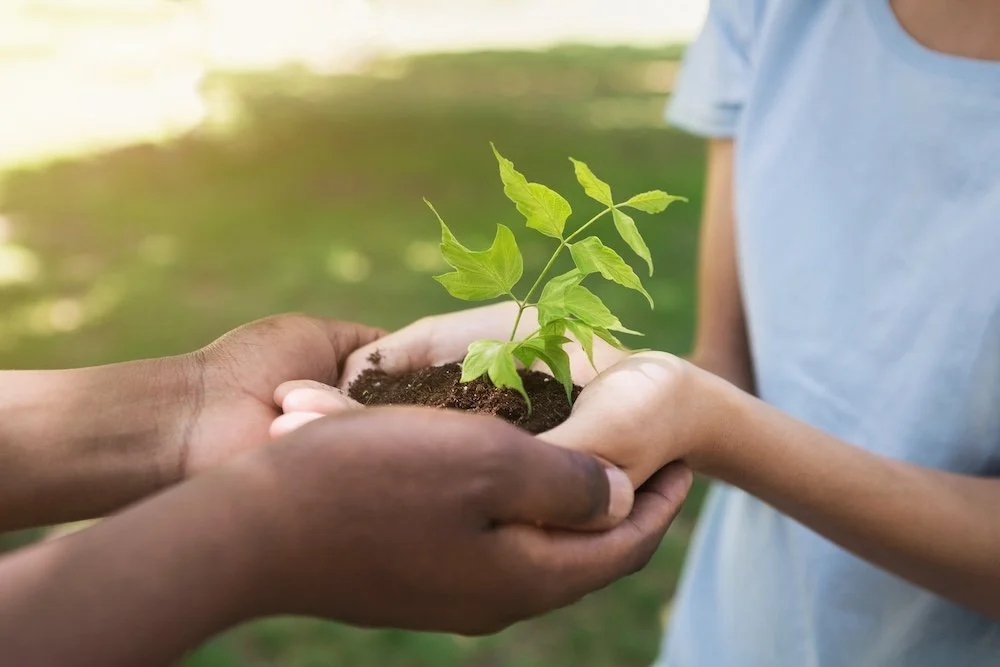Day 2: Conflict History
By: Sara Barnes
Nature or Nurture?
Some wonder if people are naturally born as conflict resolvers or conflict creators.
Or if it is a function of their lived experiences.
Probably a combination of both.
An interesting exercise is to consider your personal history with conflict and conflict resolution.
Home and early childhood is the strongest teacher, so it is worthwhile to start there.
Childhood:
Think about yourself at the ages of 3, 5, 7, 9. 11. What was your experience with conflict and resolving conflict? The adults and older children around you were probably models for you as you learned how the world works. How did you handle your unmet needs and desires? What were the lessons you learned at this stage about resolving conflict and what strategies did you adopt when unresolved conflicts occurred?
Adolescence and Young Adulthood:
Think about yourself during this dramatic time in anyone’s life. Can you remember conflicts and their outcomes? What kind of a conflict resolver were you? How about the people around you?
Adult and Family:
As adulthood solidified, think about the family or supportive circle you created with others. What kind of a conflict resolver were/are you at this stage of your life? How were/are conflicts resolved within the family unit. What role do you play?
Work life:
Think about your approach to the inevitable conflicts at work. What role do you play? What kind of conflict management approach happens and how effective is this system? Who do you admire as a conflict resolver?
Reflecting on lessons and patterns.
Now that you have taken an inventory of conflict approaches throughout your life, you probably can see where your patterns emerged and possibly who your models for conflict resolution were.
This chronicle can be an eye-opening experience. We are social animals, and we evolved to learn from the models around us.
What has been learned can be revised.
The good news is that we can all learn new ways to resolve conflict. And as we work to collaborate with others in order to come to agreement, to compromise in a healthy way, to use our creative problem solving process, we help to model for others a better way.
At home, our children will deliberately learn better methods for conflict resolution than the ones we adopted by default.

